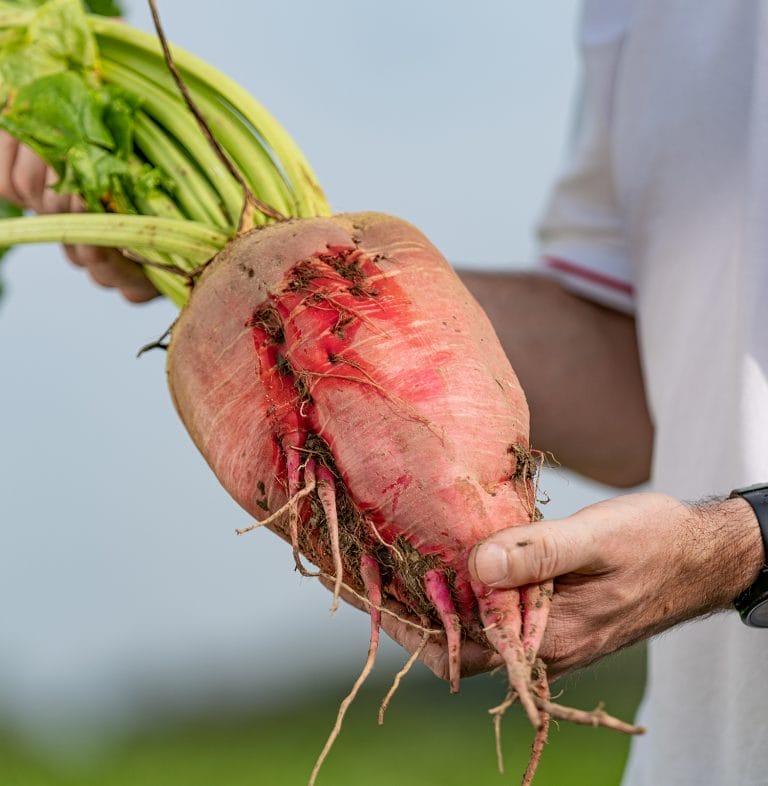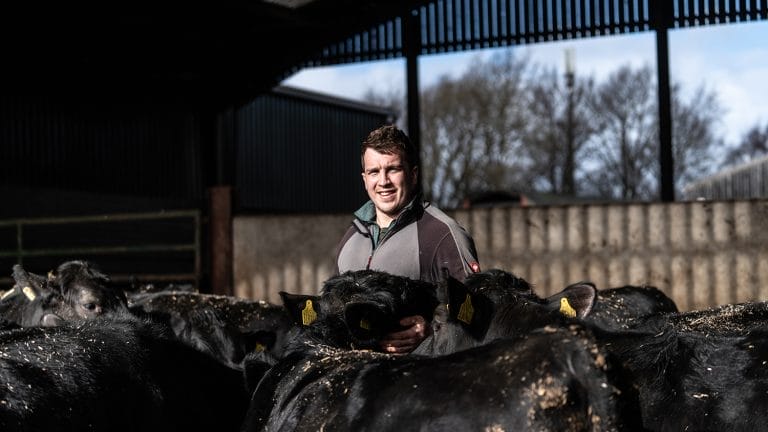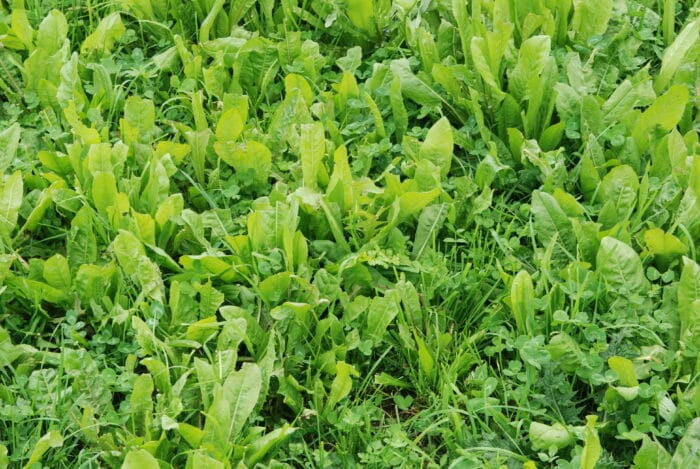
Are multispecies seed mixtures a silver bullet or are there other options to consider when reseeding grassland?
Multispecies grass mixtures have grown in popularity in recent years, with sales at least doubling year on year since 2019. And for good reason, says Limagrain UK’s forage crops manager John Spence. But he suggests growers weigh up the pros and cons, look at alternatives, and decide what’s right for their own situation.
“Multispecies mixtures tick a lot of boxes, offering numerous benefits, but when reseeding, growers shouldn’t be quick to discount a good ryegrass and clover mixture. These can bring many of the same benefits, along with other advantages that might suit some situations better.’
He says that in many cases, multispecies are compared with a ryegrass-only swards, and the benefits of drought resistance, lower inputs and more continuous summer growth shine through in mixtures with a wider range of varieties and herb species.
“But if you add clover to the ryegrass mix, you bring some of the benefits of a multispecies mixture such as a reduced fertilizer need and more continuous growth through summer. Plus a few more advantages, such as flexibility of use and longevity, that might appeal to some.
 “For example, ryegrass and clover mixtures are better for dual purpose use. They can be cut for silage earlier in the season, then closed up and grazed,” he says, adding that while it’s not impossible to use a multispecies mixture for cutting, they tend to be more difficult to manage.
“For example, ryegrass and clover mixtures are better for dual purpose use. They can be cut for silage earlier in the season, then closed up and grazed,” he says, adding that while it’s not impossible to use a multispecies mixture for cutting, they tend to be more difficult to manage.
“If multispecies swards are destined for cutting, they’re best treated as a multicut crop so the chicory doesn’t get too woody and undigestible.”
Likewise, there’s little margin for error in the grazing management of multispecies swards if their feed value is to be realised.
“Grazing multispecies swards too tightly will reduce the persistence of the herbs, but if it’s left to grow too long, herbs such as chicory will become woody. It’s not quite as straight-forward as a ryegrass and clover sward.”
But the inclusion of herbs such as the deep-rooted chicory and plantain in multispecies swards do add drought-tolerance benefits and contribute to soil health and structure. “These can be very valuable in areas with light soils, and where drought conditions are common.
“But in less extreme areas, tetraploid perennial ryegrass can be added to a grass and clover mixture. These are deeper rooted than diploid varieties and can withstand dry conditions better, and tend to be higher yielding and more digestible.
Likewise, he points out that all grass swards benefit soil health and structure and are an ideal addition to a cropping rotation. Remember too that including clover in a ryegrass mixture brings nitrogen-fixing benefits and offers a more consistent growth pattern through summer.”
And if extending the grazing season is a priority, both grass/clover and multispecies mixtures can be formulated to include species such as Timothy and Festulolium which start growing at lower temperatures than ryegrasses. “This adds ‘shoulders’ in spring and autumn and extends the grazing season,” he says.
Herb longevity
Some herb species claim anthelmintic properties to mitigate the worm burden in livestock whilst also adding feed value, in addition to their deep roots that enhance soil structure and grow in drier conditions.
Which species to include in a multispecies mixture is something Mr Spence says growers should also consider carefully. “The mixtures can get very complicated, and can include 15 to 20 different components, some of which will be more difficult to establish.” 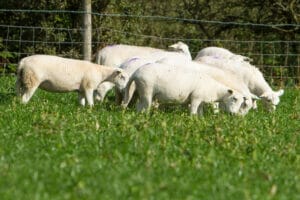
Typically herb species such as plantain and chicory establish well across a wide range of soil types and work well in combination with productive grass species such as ryegrasses, Festulolium and Timothy. Other herb species such as sainfoin and sheeps parsley are much more difficult to establish successfully.
“Grass chicory and plantain, with red and white clover, are the simplest and maybe most reliable multispecies mixtures. If more complex mixtures are being considered, and these are generally more expensive, growers should get local advice on their suitability to the area and its soils, and the track record of establishment of the various varieties. Otherwise you might be paying for something you never see.”
The persistency of the herbal varieties will also affect sward longevity. “The herbs tend to die out quicker than the grasses and clover,” adds Mr Spence. “If we get four years from a multispecies sward we’re doing well. By then most herbs will have been ‘pushed’ out by the more competitive grass varieties with just the ryegrass and clover surviving.”
A ryegrass and white clover sward reseed should last for five years. “There’s a significant difference here with a multispecies sward, so this needs to be considered when costing a reseed.”
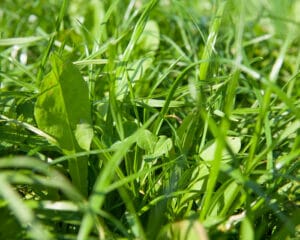 The environmental aspects of multispecies swards and its ability to attract a diverse range of wildlife has attracted some growers to these options. “And a main driver has been the countryside stewardship payments for crops grown in England meeting certain criteria. If the mixture complies with the rules and the crop meets the growing requirements it can attract £382 a hectare.
The environmental aspects of multispecies swards and its ability to attract a diverse range of wildlife has attracted some growers to these options. “And a main driver has been the countryside stewardship payments for crops grown in England meeting certain criteria. If the mixture complies with the rules and the crop meets the growing requirements it can attract £382 a hectare.
“It’s all about managing risk and balancing the conditions on the farm with the requirements from the crop, and working out which mixture will be the best match.”
Multispecies or a glass clover mixture – Considerations
• Soil type, weather conditions/drought risk
• Grazing only or cutting/grazing requirements
• Grazing management resource
• Input requirements/availability of slurry
• Productivity and persistency through the season
• Sward longevity
• Eligibility for and attractiveness of conservation /environmental schemes































